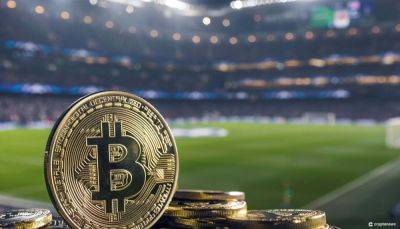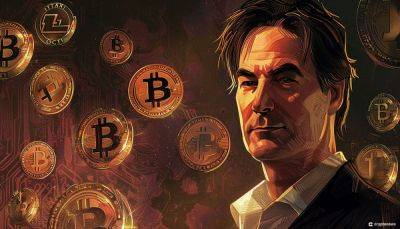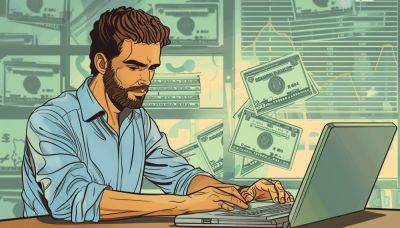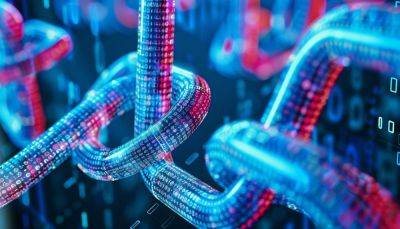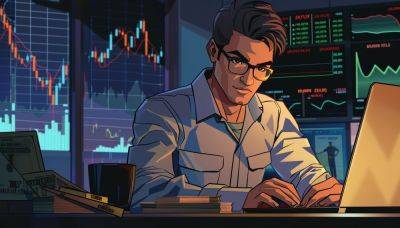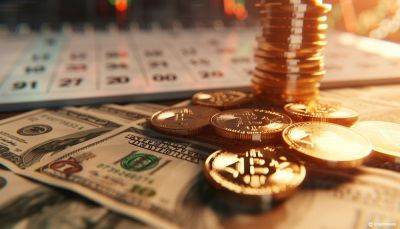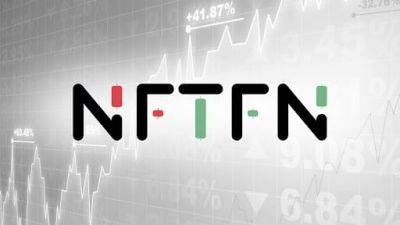Deflation: Here's where prices fell in January 2024, in one chart
Inflation has pulled back significantly from its pandemic-era peak. In fact, some categories have fallen into outright deflation, meaning consumers are seeing their prices decline instead of rise.
Deflation has largely occurred among physical goods rather than «services,» economists said. The former are tangible objects while latter are largely things we can experience, like haircuts and veterinary visits.
Demand for goods soared early in the Covid-19 pandemic, as consumers were confined to their homes and couldn't spend on things like travel or concerts. The health crisis also snarled global supply chains, meaning volume couldn't keep pace with demand for those goods. Such supply-and-demand dynamics drove up prices.
Now, they're falling back to earth.
So-called «core» goods inflation — which exclude food and energy prices, which can be volatile — was negative 0.3% in January 2024 relative to a year earlier, according to the latest consumer price index data issued Tuesday by the U.S. Bureau of Labor Statistics.
«Supply chains are going back to normal,» said Jay Bryson, chief economist for Wells Fargo Economics. «And on the demand side, there's been somewhat of a rotation from goods spending back toward services spending.»
«We're kind of reverting back to the pre-Covid era,» he added.
Average prices have deflated for these physical goods, among others, from January 2023 to January 2024: furniture and bedding (prices have fallen by 2.9%); major household appliances (-7.3%); men's suits, sport coats and outerwear (-5.3%); girls' apparel (-9%); video and audio products (-5.8%); sporting goods (-1.1%); toys (-4.2%); and college textbooks (-5.7%), according to CPI data.
Prices for used cars and trucks have also deflated over
Read more on cnbc.com

